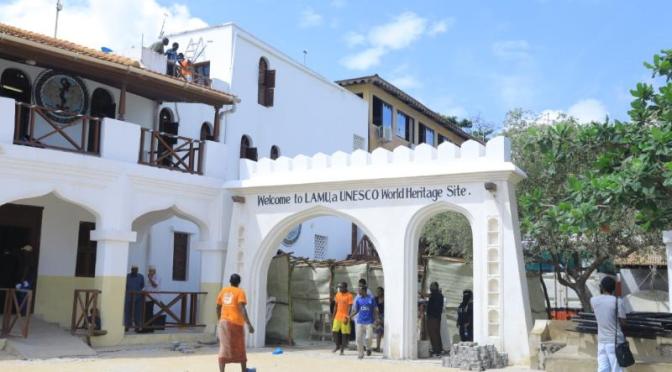From supernatural stories to cultural legends, every UNESCO World Heritage Site has a tale to tell. As of September 2023, there are a total of 1,199 World Heritage Sites located across 168 countries, of which 933 are cultural, 227 are natural, and 39 are mixed properties.
The idea for the United Nations Educational, Scientific and Cultural Organization (UNESCO) World Heritage list grew out of a project to rescue the monuments of Nubia, which include Abu Simbel, the site of two temples carved into a sandstone cliff in the Nubian Valley in Egypt in the 13th century B.C. In the 1950s, local engineers planned to build a dam along a portion of the Nile River to control flooding and generate electricity.
However, the dam would have flooded the valley and submerged hundreds of ancient monuments, so the Egyptian and Sudanese governments turned to UNESCO for help. The resulting project, during which Abu Simbel was moved, in pieces, up to a higher altitude, helped spark the 1972 Convention Concerning the Protection of the World Cultural and Natural Heritage, which set up the heritage list.
The list seeks to encourage the identification, protection and preservation of cultural and natural heritage around the world considered to be of outstanding value to humanity. Here are the 7 Must-See UNESCO World Heritage Sites in Kenya to check off your bucket list.
Four (4) Cultural World Heritage Sites
Sacred Mijikenda Kaya Forests (2008)

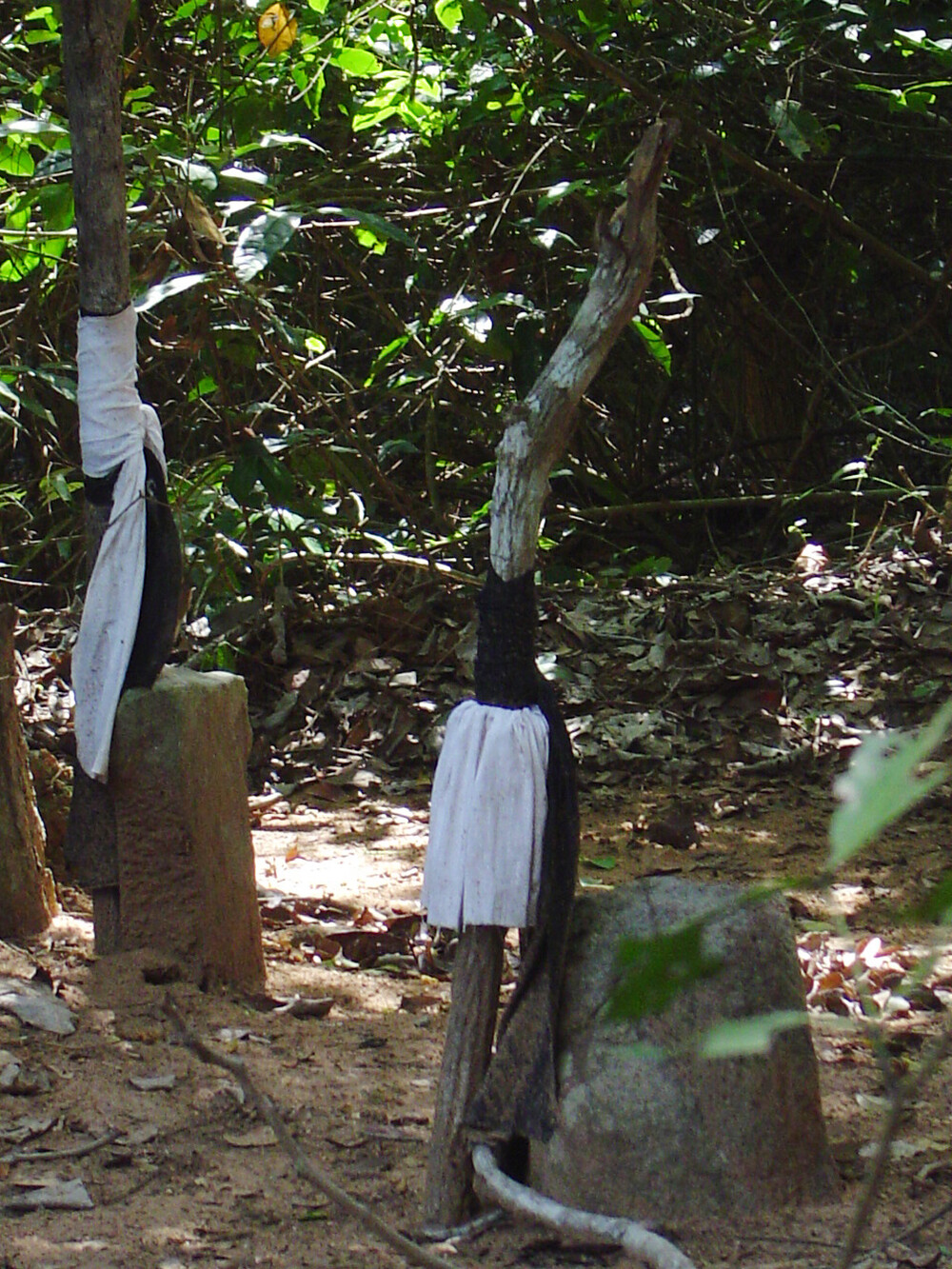
The Mijikenda Kaya Forests consist of 10 separate forest sites spread over some 200 km along the coast containing the remains of numerous fortified villages, known as kayas, of the Mijikenda people. The kayas, created as of the 16th century but abandoned by the 1940s, are now regarded as the abodes of ancestors and are revered as sacred sites and, as such, are maintained as by councils of elders. The site is inscribed as bearing unique testimony to a cultural tradition and for its direct link to a living tradition.
Fort Jesus, Mombasa (2011)
Fort Jesus, undoubtedly Mombasa’s most popular tourist attraction, is a monumental piece of architecture built in the 16th century from 1593-1596 by the Portuguese. Sitting on the edge of a coral ridge overlooking the entrance to the old port of Mombasa, the Fortress which was built to protect the Portuguese trade route to India as well as their vested interests in East Africa is now turned Museum, declared a World Heritage site by UNESCO in 2011 and one of the finest examples of 16th century Portuguese military architecture.
Thimlich Ohinga Archaeological Site (2018)
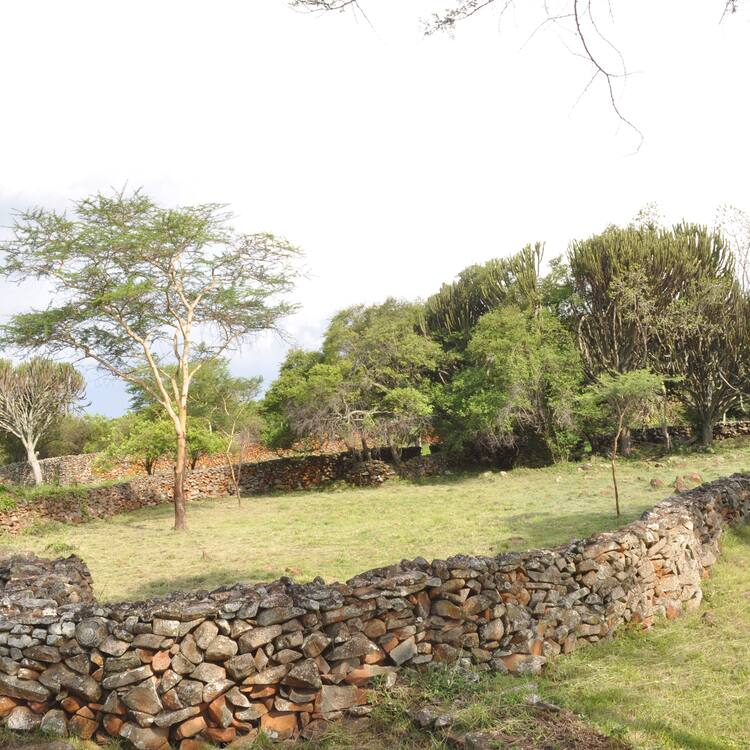
Located northwest of the town of Migori in the Lake Victoria region, this dry-stone fortified settlement was probably built in the 16th century CE. The Ohinga, (a form of settlement or enclosure), appears to have served to ensure the security of communities and livestock, but also defined social units and relationships associated with systems based on lineage. Thimlich Ohinga is the largest and best preserved traditional enclosure in existence. It is an exceptional example of this tradition of massive dry stone construction, characteristic of the first pastoral communities of the Lake Victoria basin, which continued from the 16th century to the mid-20th century .
Thimlich Ohinga includes the four largest Ohingni, all of which have extensions. The main Ohinga is known as Kochieng, while the others are called Kakuku, Koketch and Koluoch. The dry stone surrounding walls are built in three phases, the interior and exterior sections are built separately, the middle section ensuring their cohesion. The stones were arranged according to an interlocking system which improved the stability of the whole without the aid of mortar or cement. The walls are built with carefully arranged stones of different sizes and without mortar, with a height varying between 1.5 m and 4.5 m and an average thickness of 1 m.
The property today remains a community meeting place where community rituals take place, particularly in times of crisis.
Lamu Old Town (2001)


The old town of Lamu, which is the oldest and best preserved Swahili settlement in East Africa, retains its traditional functions. Built of coral rock and mangrove wood, the city is characterized by the simplicity of its structural forms, enriched by elements such as interior courtyards, verandas and carefully carved wooden doors. The site of major religious celebrations since the 19th century , Lamu has become an important center for the study of Islamic and Swahili cultures.
Three (3) World Heritage Sites
Mount Kenya National Park/Natural Forest (1997, 2013)
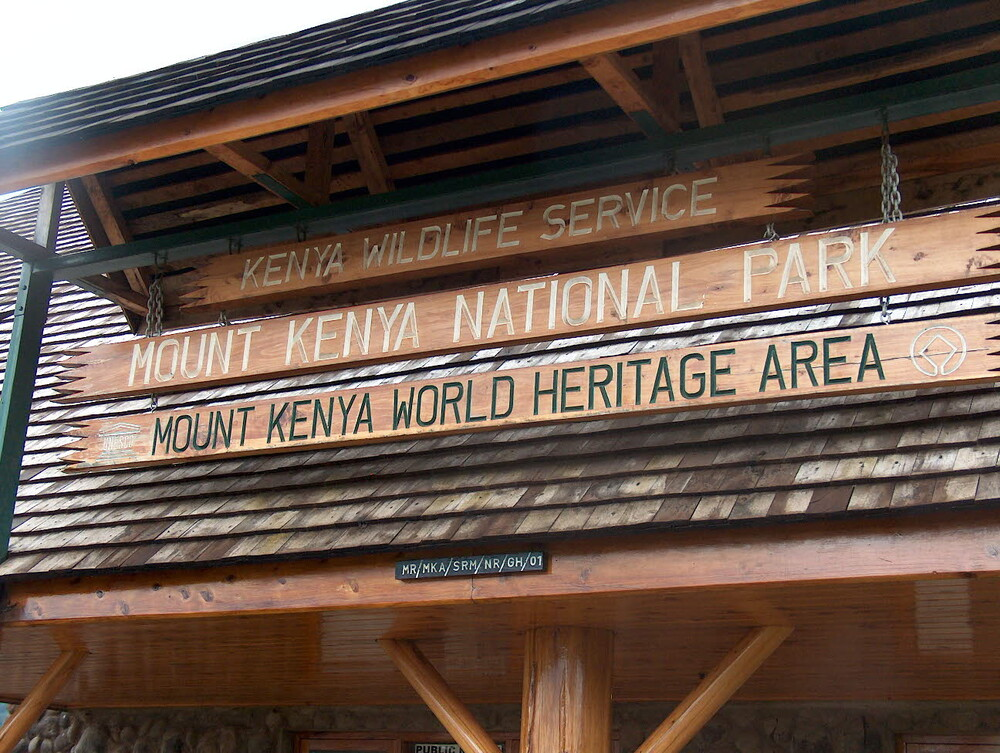
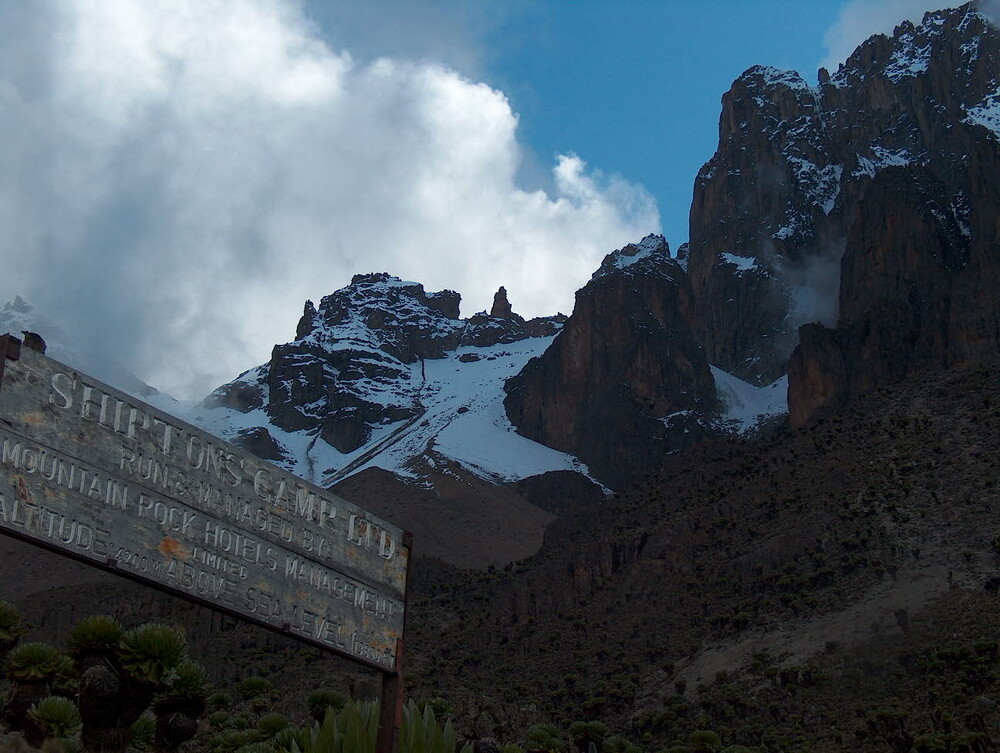
Culminating at 5,199 m, Mount Kenya is the second highest peak in Africa. It is an ancient extinct volcano which, during its period of activity (3.1-2.6 million years ago), would have reached 6,500 m. About a dozen glaciers remain on the mountain, all rapidly retreating, and there are four secondary peaks at the heads of U-shaped glacial valleys. With its rugged, glacier-capped peaks and forested mid-slopes, Mount Kenya is one of the most impressive landscapes in East Africa. The evolution and ecology of the Afro-alpine flora of Mount Kenya provides an exceptional example of ecological and biological processes. With the Lewa Wildlife Conservatory and the Ngare Ndare Forest Reserve, the site includes deep, low-slope valleys and arid habitats rich in biodiversity, located in an ecological zone of transition between a mountainous ecosystem and semi-arid savannah grasslands. The place is also on the traditional migration route of African elephant populations.
Lake Turkana National Parks (1997, 2001)

The saltiest of Africa’s great lakes, Turkana, is an exceptional laboratory for the study of plant and animal communities. The three national parks (Sibiloi National Park, the South Island and Central Island National Parks which cover a total area of 161,485 hectares) serve as stopovers for migratory waterbirds and are important breeding areas for the Nile crocodile, hippopotamus and various venomous snakes. The Koobi Fora fossil beds, where many remains of mammals, molluscs and other species are found, have contributed more to the understanding of paleoenvironments than any other site on this continent.
Kenya Lakes System in the Great Rift Valley (2011)
The Kenya Great Rift Valley Lakes System comprises three interconnected, shallow lakes (Lake Bogoria, Lake Nakuru and Lake Elementaita) which lie in the Rift Valley province of Kenya. Its surface area is 32,034 hectares. The property is home to 13 globally threatened bird species and the diversity of bird species is one of the highest in the world. It is the most important feeding site on the planet for lesser flamingos and an important nesting and feeding site for white pelicans. There are also good-sized populations of mammals, including black rhino, Rothschild’s giraffe, greater kudu, lion, cheetah and wild dog. The site lends itself particularly well to studies of particularly important ecological processes.
Who maintains the World Heritage List?
The list is maintained by the World Heritage Centre, staffed by UNESCO in Paris. The committee which makes decisions about adding sites to the World Heritage List, is made up of representatives from 21 of the State Parties elected on a rotating basis from among the current 195countries that have signed and ratified The World Heritage Convention. The World Heritage Committee meets once a year. It is responsible for the implementation of the World Heritage Convention, defines the use of the World Heritage Fund and allocates financial assistance upon requests from States Parties. It has the final say on whether a property is inscribed on the World Heritage List. It examines reports on the state of conservation of inscribed properties and asks States Parties to take action when properties are not being properly managed. It also decides on the inscription or deletion of properties on the List of World Heritage in Danger.
To be included on the World Heritage List, sites must be of outstanding universal value and meet at least one out of ten selection criteria.
These criteria are explained in the Operational Guidelines for the Implementation of the World Heritage Convention which, besides the text of the Convention, is the main working tool on World Heritage. The criteria are regularly revised by the Committee to reflect the evolution of the World Heritage concept itself.
Until the end of 2004, World Heritage sites were selected on the basis of six cultural and four natural criteria. With the adoption of the revised Operational Guidelines for the Implementation of the World Heritage Convention, only one set of ten criteria exists.

